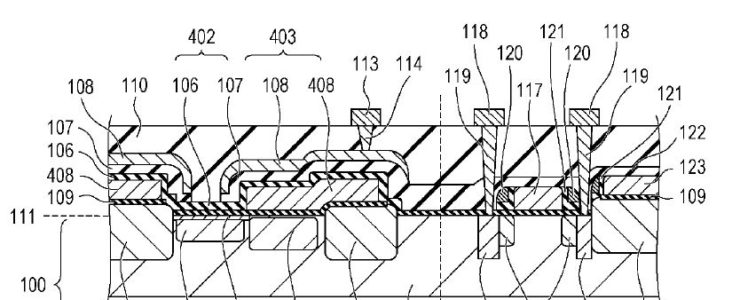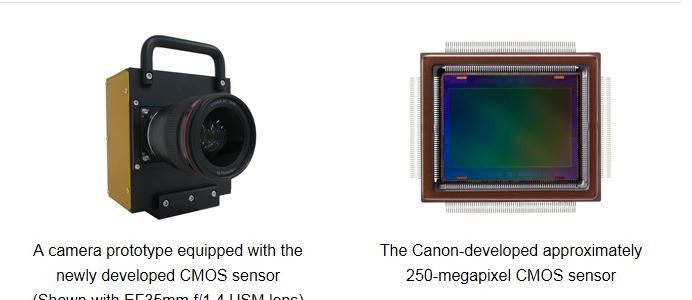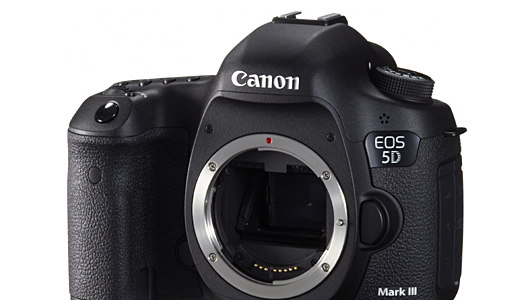Follow us:
Canon launches two high performance 2/3” 4K field broadcast lenses, the UHD DIGISUPER 90 and UHD DIGISUPER 86
More high-tech gear announced by Canon today. Press release:
4K and beyond: Canon launches two high performance 2/3” field broadcast lenses, the UHD DIGISUPER 90 and UHD DIGISUPER 86
London, UK, 7 September 2015 – Canon today introduces two new 2/3” 4K field lenses – the UHD DIGISUPER 86 (UJ86x9.3B) and UHD DIGISUPER 90 (UJ90x9B). Delivering exceptional optical performance, with the UHD DIGISUPER 86 (UJ86x9.3B) surpassing even 4K resolution, both offer outstanding focal range and are ideal for use within live broadcast production environments.
First class 4K image performance
The UHD DIGISUPER 86 (UJ86x9.3B) and UHD DIGISUPER 90 (UJ90x9B) are part of Canon’s evolving 2/3” 4K lens line-up and join the recently launched CJ12ex4.3B in the range. Both provide professionals with the freedom to shoot live broadcast or sport events in stunning 4K quality, and in a first for Canon’s 2/3” lens line-up, the UHD DIGISUPER 86 (UJ86x9.3B) offers resolving power beyond 4K.
The new lenses ensure exceptional resolution from the image centre to the edges, at both telephoto and wide angle, thanks to their advanced optical construction. Additionally, an increased use of fluorite and UD glass, combined with Canon’s expert use of coatings, results in exceptional control over ghosting and flare with sharp, high contrast images supporting a large number of tones.







